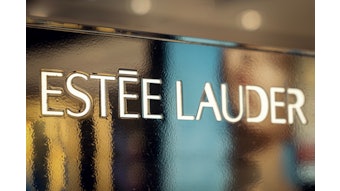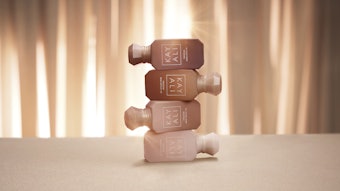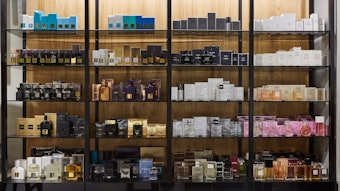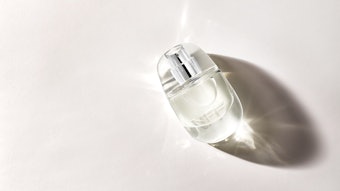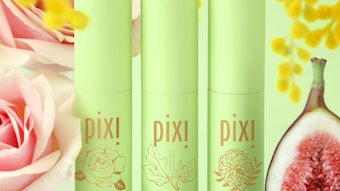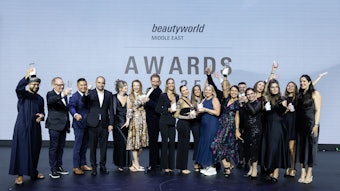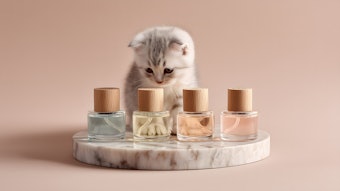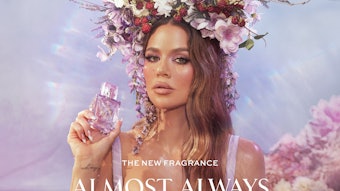
Twenty years ago, it was off to the library if you wanted to know anything more than what a dictionary or Encyclopedia Britannica would tell you, but today, both professionals and hobbyists can turn to Web sites like that of Project Guttenberg—www.gutenberg.org—to download The Art of Perfumery by George William Septimus Piesse, or www.amazon.com to look for used copies of William Irving Kaufman’s Perfume. Presently, true atelier methods and the structured form of perfumery education are not public knowledge. As more information on fine fragrances and raw materials becomes public on the Internet, people want to know more about the creators behind their favorite fragrances. Not all of the information available online is accurate, which affects perceptions offline, leaching into other media, such as print. It is time for the industry to take the reigns and bring perfumers into the limelight.
What a perfumer does has always been a mystery to consumers, according to perfumer Jean Pierre Subrenat, organizer of the World Perfumery Congress and owner of Creative Concepts. “Our job has always been an obscure and misunderstood one, and the consumer cannot decide if we are chemists, alchemists or just witch doctors. All of this is due to a lack of communication and exposure. Real perfumers go through long and rigorous training that lasts at least 10 years. One cannot be a self-declared perfumer just because they are able to blend a couple of essential oils ... [otherwise] everyone who cooks or burns a steak is a three-star Michelin chef!”
A growing number of fragrance crafters, most without traditional training, are studying many of the old texts and collecting books such as Stephen Arctander’s Perfume and Flavor Materials of Natural Origins—the same book used by professional perfumers. In virtual communities, enthusiasts avidly explore the history of fragrance and raw materials, sharing personal stories about what they have learned and discussing fragrances they have made for themselves or friends. There is an ethos that surrounds these groups that is highly personal, something one does not find in a department or specialty store. A rejection of synthetics is part of that culture for members of the Artisan Natural Perfumer’s Guild, founded by author Mandy Aftel. Members favor the purity and beauty of naturals, speaking about raw materials with the same enthusiasm that chocolate lovers have when discussing the organoleptic properties of their favorite varietals. It’s not about fashion or brands to these creators and consumers—it is about the relationship they have with knowledge, crafted scents and raw materials.
Other topics discussed: Perfumer Defined, Guidance and Training, Emotional Connection to Scent, The Rise of Self-trained “Perfumers,” Natural vs. Synthetic, Reaching Out
